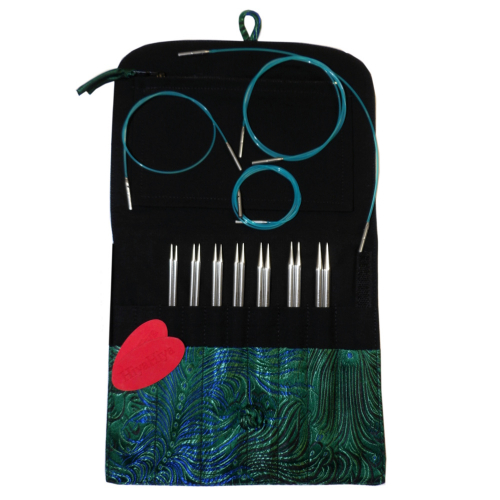Hiyahiya S History Of Knitting Fair Isle Where Does It Come From?
We’ve mentioned it briefly in a previous post, but this week’s HiyaHiya History is all about the origins of Fair Isle knitting.
While the name implies the especially intricate pattern started on the small island of Fair Isle near Scotland, remnants of similar two-colour patterns have been found in Eastern European countries including Lithuania and Estonia, and even as far as the Middle East.
However, the pattern we are most familiar with did come from Fair Isle, and this is still the only place you can buy authentic Fair Isle garments. The long-standing story is that it derived from the shipwreck of El Gran Grifon from the Spanish Armada in 1588. The households on Fair Isle homed the stranded sailors, and in return, the sailors taught the islanders the intricate technique.
By the mid-nineteenth century these garments were being traded off the isle, and the design has continued to evolve ever since, with designs reflecting fond imagery of the island including anchors, ram horns and flowers. It gained more popularity in 1921 when the Prince of Wales (who later became King Edward VIII) was photographed wearing Fair Isle tank tops and sweaters. The beautiful natural colours used in the classic patterns came directly from the wool of fine-fleeced Shetland sheep, including moorit (brown), mooskit (dark fawn) and sholmit (pale grey).
The design was traditionally created using double pointed needles, but many modern knitting patterns demonstrate how you can achieve it using circular needles and straight needles.

Do you know of any knitting stories HiyaHiya Europe should research and write about in an upcoming history post? Let us know in the comments below.
